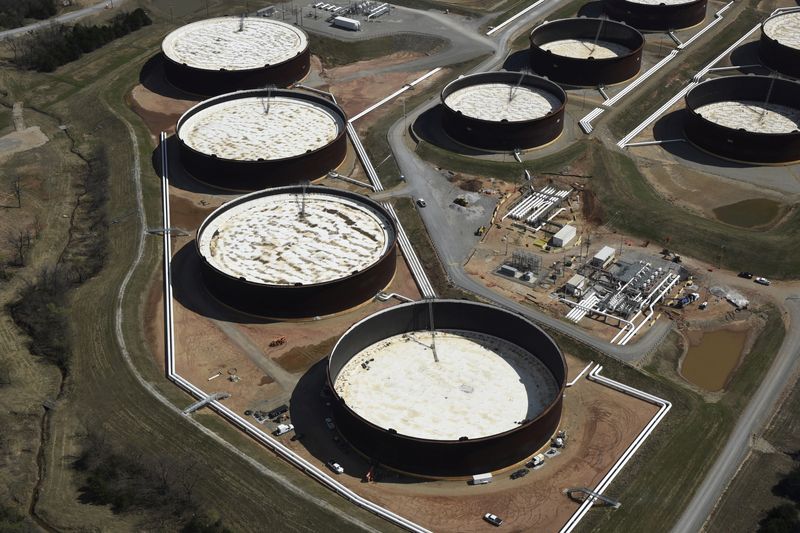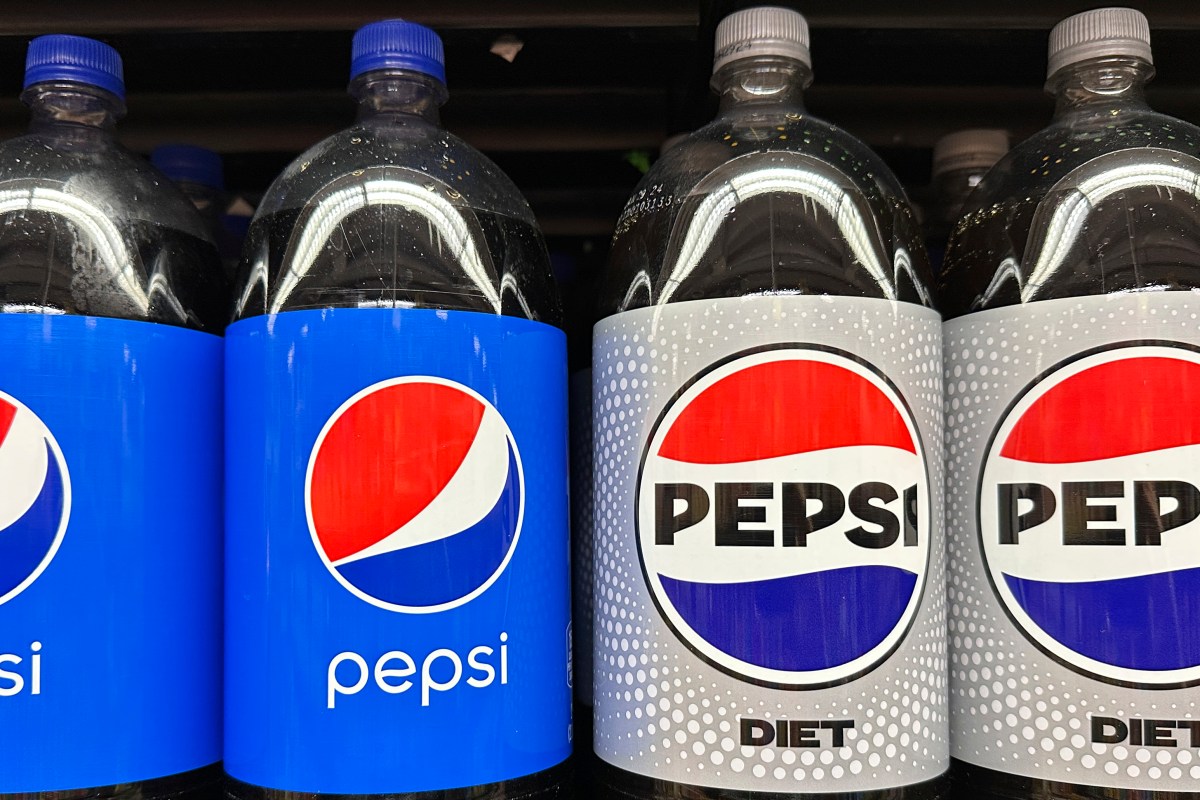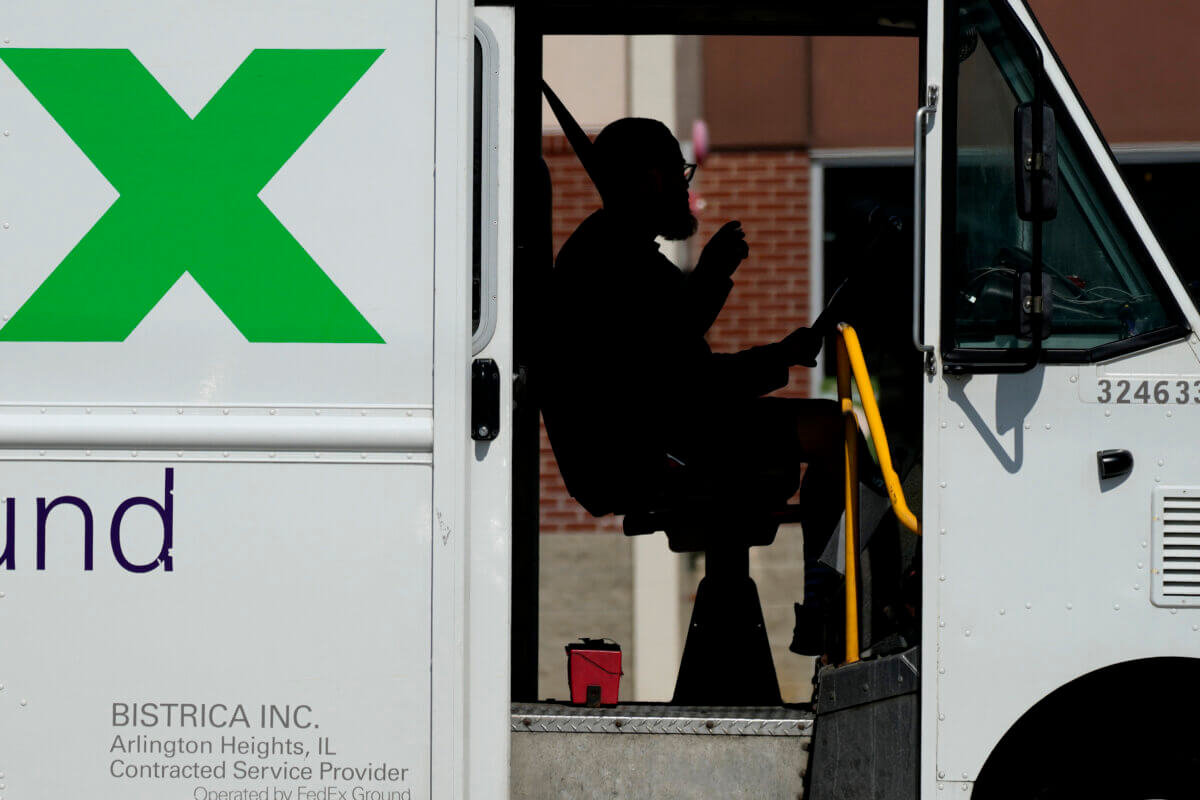(Reuters) – Numerous U.S. states are considering aid for their ailing oil industry, as jobs are disappearing fast and companies have been declaring bankruptcy due to a 30% drop in fuel demand due to the worldwide COVID-19 coronavirus pandemic.
Global oil prices are down by more than two-thirds this year, and prices went negative on April 20. That has hit U.S. production, which rose to a record of nearly 13 million barrels per day in 2019, but is now is expected to fall by at least 2 million bpd by the end of next year.
The federal government has not mandated production cuts, unlike the Organization of the Petroleum Exporting Countries and its allies which have cut output by 9.7 million barrels per day. Several states have authority to mandate production cuts, but none has taken that step.
TEXAS:
Texas is the largest producing state in the country, with output of more than 5 million bpd. The state’s oil regulator, the Texas Railroad Commission, has held meetings to vote on whether to mandate production cuts, but put off a vote on the issue until early May.
The commission held production down between the 1930s and 1970s in response to massive oil discoveries that dropped the price of crude to pennies. Since then it has not taken the drastic step of reducing output. Major producers in the state, including Exxon Mobil and Chevron Corp, are opposed to such a move.
NORTH DAKOTA:
At nearly 1.4 million bpd, North Dakota is the second-largest producer among U.S. states. It also has declined to mandate output cuts, but is evaluating financial aid to producers to allow them to restart shut-in wells in the future.
The North Dakota Industrial Commission this week was evaluating measures such as loans or direct payments to help operators restart wells or a tax holiday for wells brought back online.
NEW MEXICO:
Production in New Mexico has risen dramatically in recent years to 930,000 bpd in 2019, according to U.S. Energy Department figures. The state agreed to allow producers to apply to shut in output on state lands for at least 30 days.
OKLAHOMA:
Oklahoma became the first state to offer specific relief to producers, issuing an emergency order to classify some production as “economic waste,” a move that will allow companies to shut in wells without the fear of losing leases. That means some companies to stop operations rather than produce barrels that would otherwise be uneconomic. The state is now the fourth-largest producer, with an average of 580,000 bpd in production.
COLORADO:
Colorado, the fifth largest oil producer in the United States at 514,000 bpd, does not have the authority to mandate production cuts.
WYOMING:
Wyoming’s oil and gas conservation commission voted at the end of March to temporarily stop collecting taxes on oil and gas produced in the state. The state produced 279,000 bpd in 2019, ranking it eighth in the United States.
(Reporting By David Gaffen, Liz Hampton and Jennifer Hiller; Editing by David Gregorio)



















